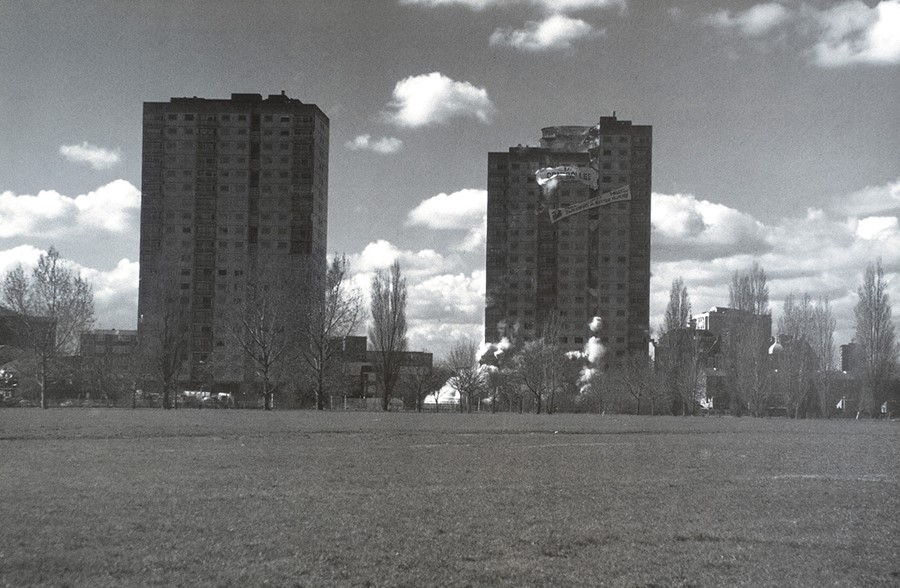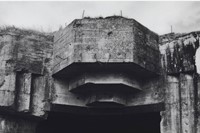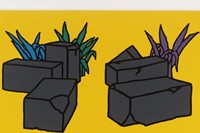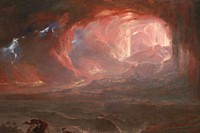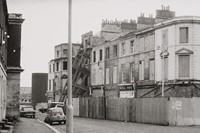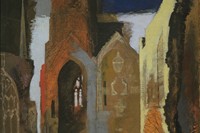We visit the Tate's new show, exploring the preservation and exploitation of old buildings in the name of art
Ruin Lust is undoubtedly one of Tate Britain's most intriguing titles for an exhibition yet. An Anglicisation of the German word Ruinenlust, it describes a fascination with the traces and vestiges of the past. In her 1953 study, Pleasure of Ruins, British scholar and novelist Rose Macaulay resurrected the term ‘ruin lust’, and in the exhibition catalogue Brian Dillon, editor of Cabinet magazine, identifies it as a thoroughly modern phenomenon: “that is, a post-medieval invention… One had to have sliced the past into discrete periods and imagined one’s own past was advancing half blind into the future, in order to think that history was speaking from the stones.”
Ruin aesthetics as we know them have undoubtedly been influenced by the Grand Tour, which for hundreds of years saw young British men traipsing through the remains of early Continental European civilisations. The establishment of formal archaeology in the early 1800s and a fascination with ancient Egypt would have also fed into the glamourisation of decay. Piranesi’s View of the Flavian Ampitheatre known as the Colosseum, is an 18th century depiction of Roman ruins, and is one of the earliest works on show. Turner’s famous painting of Tintern Abbey from 1794 depicts the shell of the 12th century Welsh priory that inspired Wordsworth’s poem of the same title. John Martin’s apocalyptic The Destruction of Pompeii and Herculaneum from 1822, speaks to both an interest in historical catastrophe and in imagined future devastation.
"An Anglicisation of the German word Ruinenlust, ruin lust describes a fascination with the traces and vestiges of the past"
But it’s not just ancient ruins that have inspired the artists included in the exhibition. British photographer Paul Graham’s Graffiti on Motorway Sign, Belfast (1985) and Jon Savage’s Uninhabited London series (1977–2008) capture moments of urban desolation and decay. John Piper’s St Mary le Port, Bristol (1940) features a bombed church, and is part of a series of paintings by the artist depicting wartime ruins. Turner-Prize winner Rachel Whiteread’s Demolished photo series shows the controlled explosion of three Hackney housing estates, and Jane and Louise Wilson’s Sealander large-scale photo series portrays the decayed World War Two bunkers that litter the Normandy coastline. Taken in 2006, one does not have to know what is depicted in these images to find them both poignant and menacing – proof that ruins in all their incarnations continue to fascinate, perhaps even tantalize.
Ruin Lust is on at Tate Britain until 18 May.
Text by Ananda Pellerin
